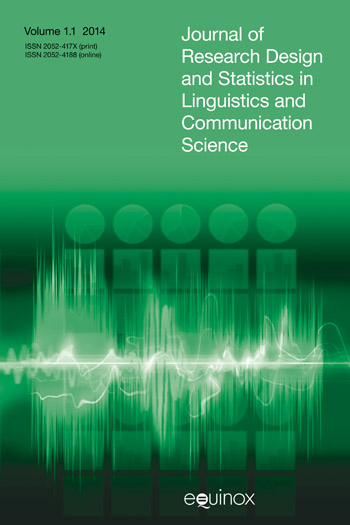Syntax-Prosody in Optimality Theory
Theory and Analyses
Jennifer Bellik [+–]
University of California, Santa Cruz
View Website
Junko Ito [+–]
University of California, Santa Cruz
View Website
Nick Kalivoda [+–]
Lund University
View Website
Armin Mester [+–]
University of California Santa Cruz
View Website
Optimality Theory has become the dominant approach to studying phonology, including analyses of the mapping from syntactic structure to prosodic structure. However, when syntactic and prosodic structures are represented as trees, it is difficult, if not impossible, to systematically generate by hand all the possible prosodic parses that must be considered in an Optimality Theory investigation for any given syntactic input. Consequently, most existing syntax-prosody analyses are in this way incomplete, compromising their validity.
This volume presents a series of complete analyses of the syntax-prosody interface, thanks to their use of the Syntax-Prosody in Optimality Theory (SPOT) application. This JavaScript application, developed by the editors of this volume, automates candidate generation and constraint evaluation, making a rigorous Optimality Theory analysis of syntax-prosody possible. SPOT allows the user to test the typological predictions of the numerous proposed constraints on prosodic markedness and syntax-prosody mapping, so that researchers can make progress toward determining which formulations of the constraints should actually be part of the universal constraint set. A theme of the volume is comparing Selkirk’s Match Theory with the older Align Theory of syntax-prosody mapping, finding that both are needed, at least in some languages.
Series: Advances in Optimality Theory
Table of Contents
Prelims
Chapter 1
Part I: GEN Settings
Part II: Match Theory
Part III: Align Theory
Part IV: Prosodic Well-Formedness Constraints
Tutorial
End Matter








